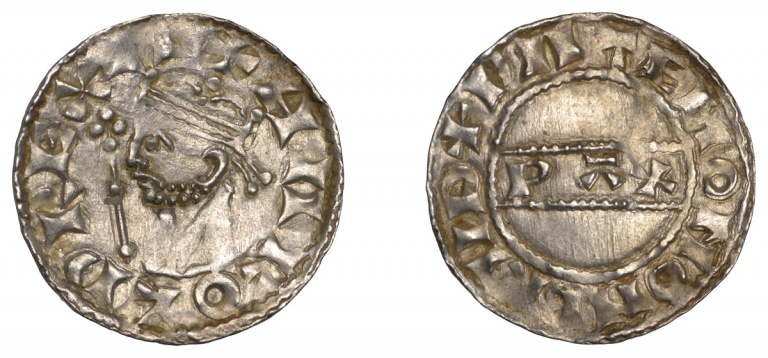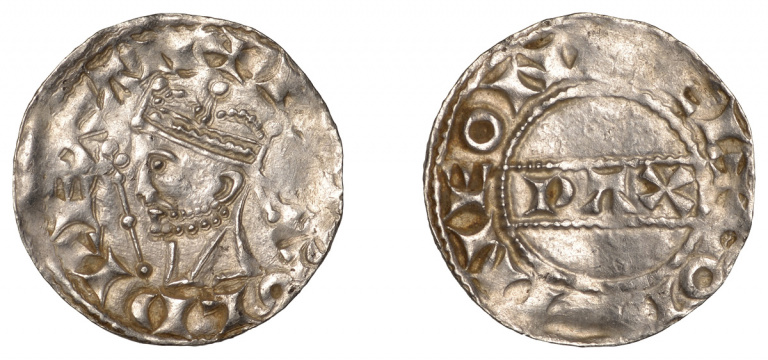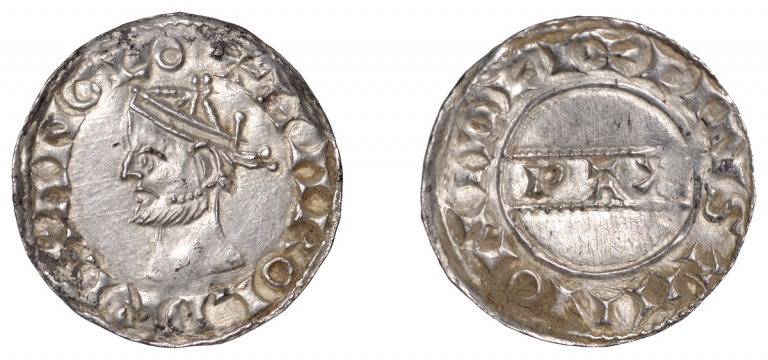Noonans sell Braintree Hoard for £325,560
On 21 February 2024, Noonans sold 122 coins from the Braintree hoard, found by a pair of detectorists in 2019. The total hammer price of £325,560 far exceeded the pre-sale estimate of £180,000.
Following the sale, Nigel Mills, Artefact and Coin Expert at Noonans, said: “Wow, this has exceeded all our expectations. The atmosphere in the packed saleroom was euphoric with bidders – in person and online – wanting to purchase just one example from this important collection.”
The landowners attended the sale and afterwards said: “We are delighted with the results which is a life-changing amount of money for the finders.”
To view any of my selected lots in the auction catalogue click on the lot number. The full catalogue can be found here.
There is a buyer’s premium of 24% (plus VAT) on the hammer price.
Braintree Hoard
Finding the hoard
The hoard was found by two detectorists who had been searching together for 20 years but had only found copper coins and crotal bells previously on the field near Braintree, Essex.
They were out detecting in late September 2019 when they got a signal from the Minelab CTX 3030. Digging down four inches revealed a silver penny. Half a dozen more turned up in a 30-metre radius and that evening they realised they were rare pennies of Harold II. Over the next few days around 70 more were found by slow and methodical use of the detectors. This was repeated in 2020 with another 70 coins uncovered.
The hoard
The hoard comprised 144 coins in total from the last two Anglo-Saxon kings of England – Edward the Confessor and Harold II Godwinsson. The absence of coins of William I suggest the coins were buried before 1066. It is clearly a possibility that their retrieval was prevented by the events at Hastings in that year.
An exceptional feature of the hoard is that it contained two Byzantine coins.
The find was recorded at the PAS as ESS-1CFF0B and went through the Treasure process. Colchester Museum and the Fitzwilliam Museum in Cambridge decided to buy 16 coins between them from the hoard, including the two 11th century Byzantine coins. The remainder were disclaimed.
Featured Lot
A mint was established in Hastings in the 10th century and produced a steady production through to the Anarchy of the mid 12th century. However, output was significantly reduced during the reign of Harold II; as illustrated by only three of the 1,238 coins of the Chew Valley hoard were minted in Hastings. Therefore, it is an extremely rare mint in this type and this is only the second specimen to appear at public auction in the last 40 years.
Reverse reads DVNNING ON HAE giving the moneyer as Dunning.
Other mints
The hoard contained coins from a large number of different mints. The best example of each is shown below. Each mint’s dies were different with some containing specific extra details, such as the Sudbury mint coin with a dash from the “X” to the sceptre and a pellet in the field on the obverse. Some suggest that these are an early form of privy marks rather than just a natural variation in the dies.

















